SUMMARY
This is AI generated summarization, which may have errors. For context, always refer to the full article.

In a bid to simplify the computation and release of health workers’ benefits, the Department of Health (DOH) is proposing a “singular allowance” in which medical frontliners in the battle against COVID-19 are classified based on their risk exposure.
At a Senate committee on health and demography hearing on Friday, September 24, Health Secretary Francisco Duque III said that while the DOH supports Senate bills 2371, 2398, and 2407, they want a “singular allowance…which will cover and substitute all the benefits enumerated in the bills.”

The Senate bills want a more inclusive benefits system for both public and private healthcare workers directly or indirectly exposed to COVID-19 patients. Under this system, healthcare workers will be provided with monthly risk allowances, actual hazard duty pay, accommodations, transportation, meals, and life insurances.
Duque said that under their proposal, the rate of the allowance would vary based on the risk exposure of the healthcare worker in particular work settings: low risk, medium risk, and high risk.
“The estimated amount for this proposal would be P50 billion to pay the 526,727 healthcare workers the following rates: P3,000 for low-risk exposure, P6,000 for medium-risk exposure, and P9,000 for high-risk exposure,” Duque said.
What are the categories?
- Low-risk health workers
The DOH said that low-risk health workers are those performing administrative duties in non-public areas of healthcare facilities, away from other staff members or away from patients.
- Medium-risk health workers
Medium-risk health workers are those providing care to the general public who are not known or suspected COVID-19 patients, or working at busy staff work areas within a healthcare facility.
- High-risk health workers
According to the DOH, high-risk health workers are those entering a COVID-19 patient’s room; providing care for COVID-19 patients not involving or involving aerosol-generating procedures such as intubation, cough, induction procedures, bronchoscopies, some dental procedures and exams, or invasive specimen collection; and collecting or handling specimen from known or suspected COVID-19 patients.
Health Undersecretary Maylene Beltran said that the “singular allowance” with risk variations proposal would require the DOH a total of P50,431,024,000 worth of funds.
Duque said that the allowance would be “awarded in full if the healthcare worker physically reports at least 14 days in a month; otherwise, the benefit is proposed to be prorated.”
At a House budget deliberations earlier this month, it was bared that funds have not been allocated for health workers’ allowances in 2022. This, as health workers who are on the front lines continue to suffer from poor working conditions and delayed benefits.
Frustrated health workers recently took to the streets to demand the release of their long overdue COVID-19 benefits.
– Rappler.com
Add a comment
How does this make you feel?
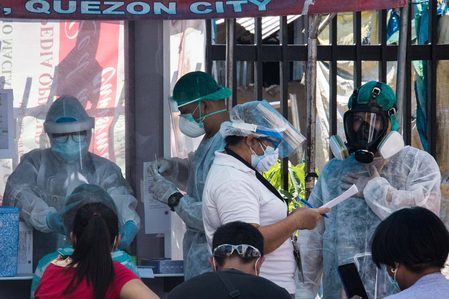
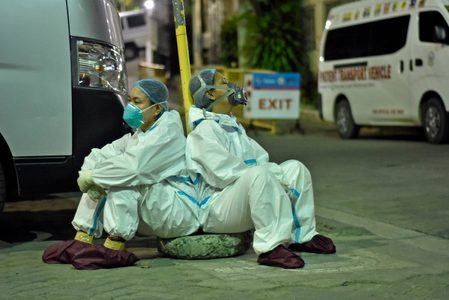
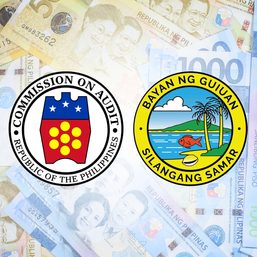
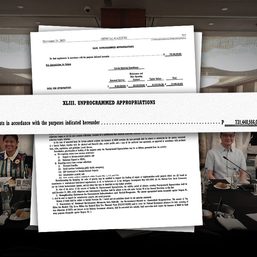
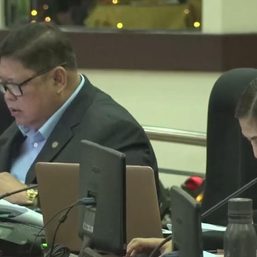
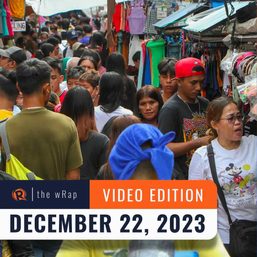
![[Under 3 minutes] Did DepEd waste P3-B worth of learning materials?](https://www.rappler.com/tachyon/2023/12/titlecard-ls.jpg?resize=257%2C257&crop=415px%2C0px%2C1080px%2C1080px)
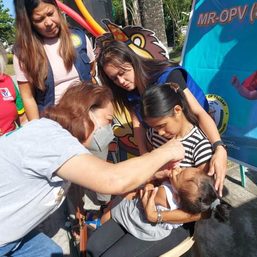
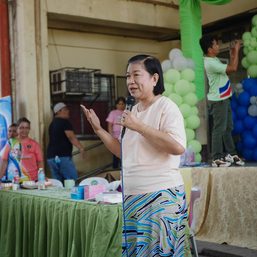
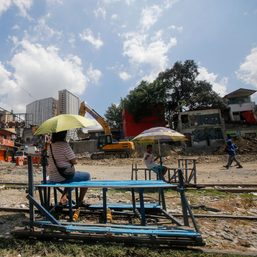

![[OPINION] Beyond infrastructure: Ensuring healthcare access for the poor](https://www.rappler.com/tachyon/2024/03/tl-healthcare-access-03402024.jpg?resize=257%2C257&crop_strategy=attention)


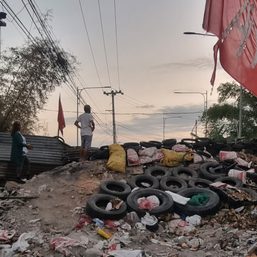

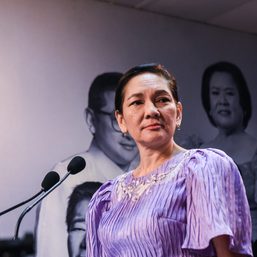
There are no comments yet. Add your comment to start the conversation.